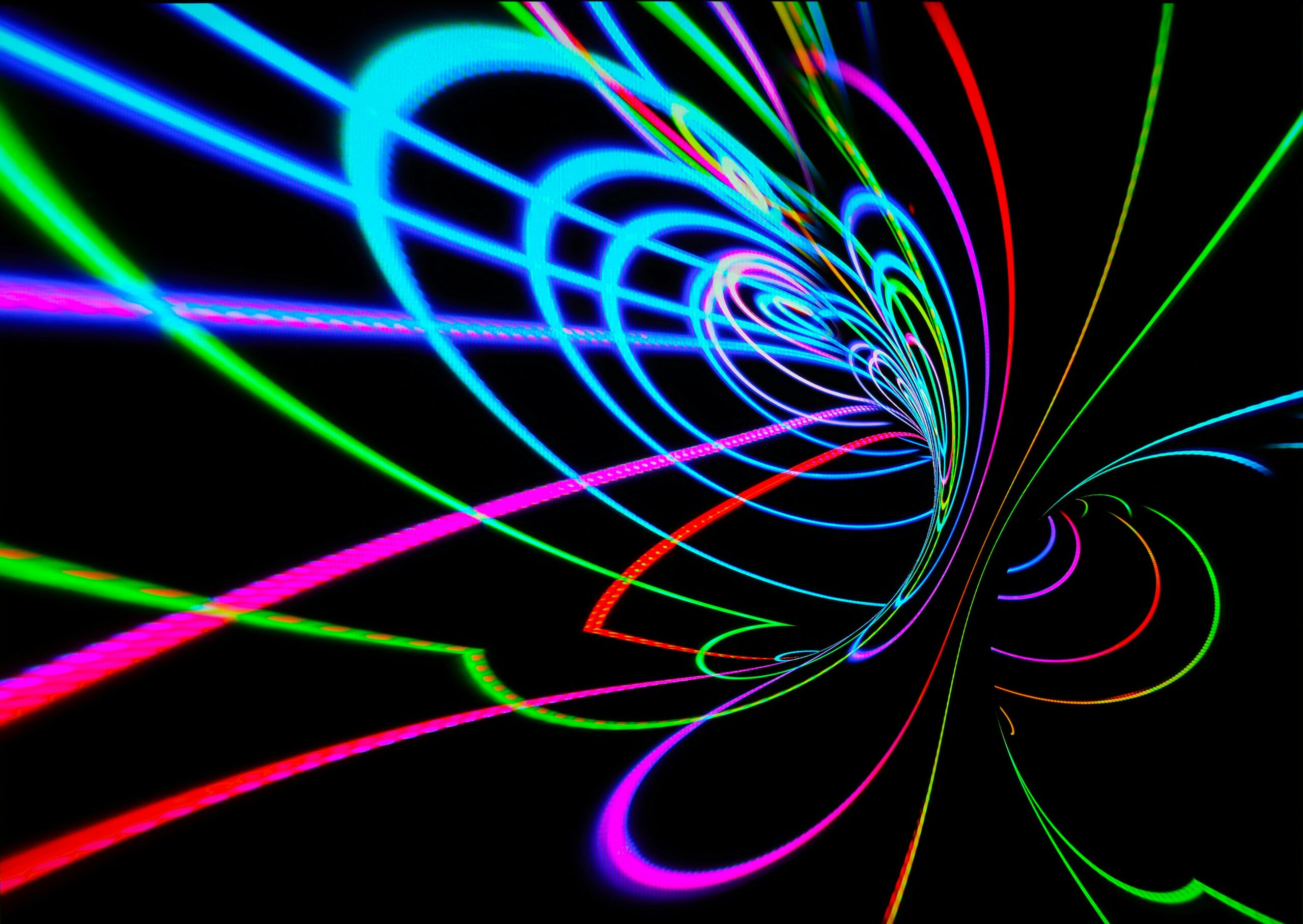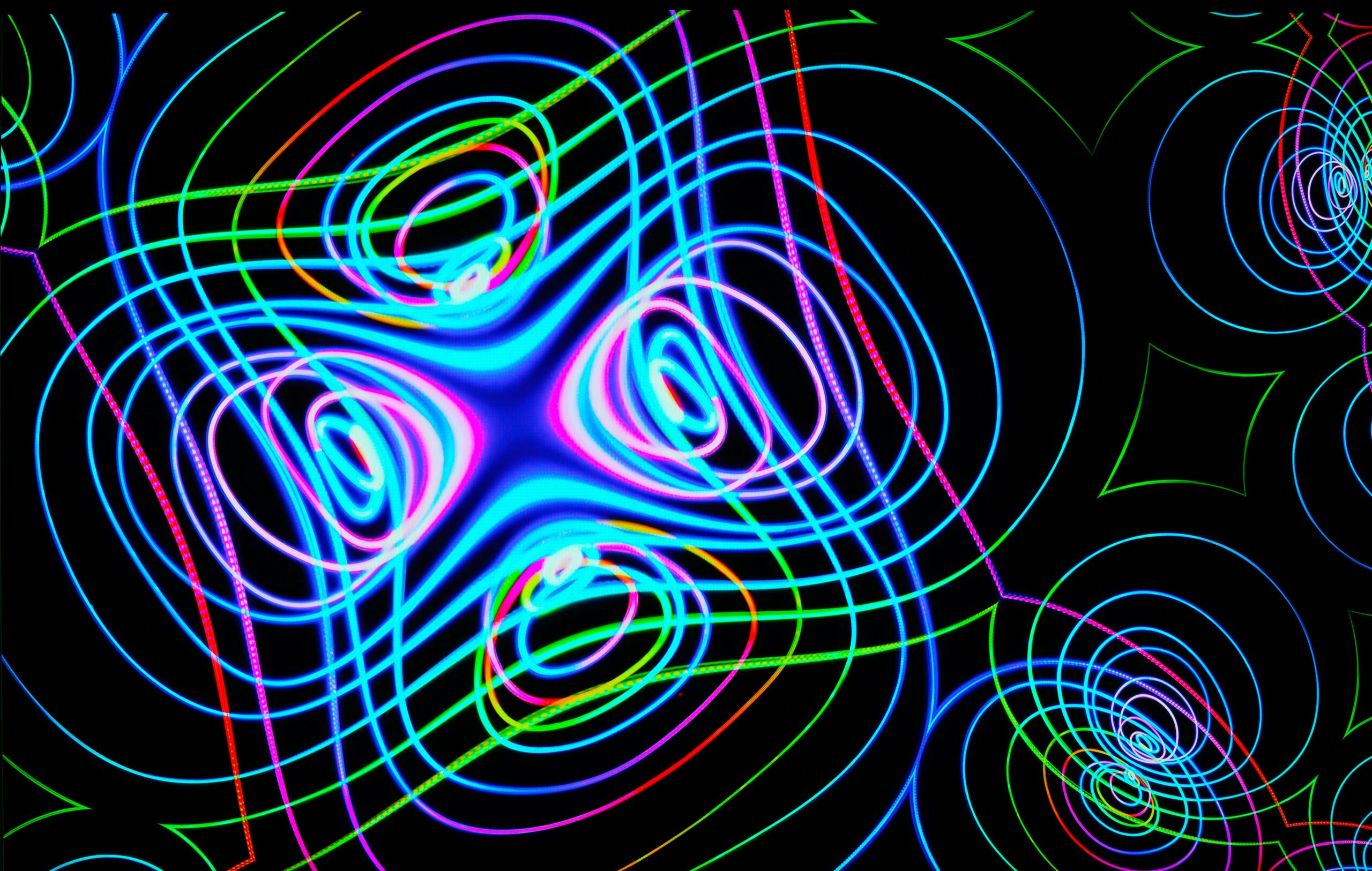Have you ever wondered how those magnificent binoculars of yours allow you to see distant objects with such clarity? Well, let me satisfy your curiosity! The lenses in binoculars work their magic through a fascinating process called refraction. This optical phenomenon bends light as it passes from the air through the lenses, ultimately magnifying and enhancing the image you see. Sounds intriguing, doesn’t it? Let’s delve deeper into the mesmerizing world of how these lenses in binoculars work their wonders.

Understanding The Concept of Light
The nature of light
Light is a form of electromagnetic radiation that consists of tiny particles called photons. These photons travel in waves and are responsible for allowing us to see the world around us. Light travels at an incredible speed of approximately 299,792 kilometers per second, and it can travel in straight lines or be bent when it encounters a different medium.
How light behaves when it hits a lens
When light hits a lens, it can either be reflected, absorbed, or refracted. Refraction is the most important behavior when it comes to understanding how lenses work. The lens is designed in such a way that it bends the incoming light rays, changing their direction. This bending of light is crucial for the functioning of binoculars, as it allows us to see objects more clearly and magnified.
Light refraction and its effects
Refraction occurs when light passes from one medium to another with a different optical density. In the case of lenses, the light rays passing through the air enter a material with a different refractive index, such as glass or plastic. This change in refractive index causes the light to bend as it enters the lens, and then again as it exits the lens. This bending of light is what allows the lens to focus the light rays and produce a magnified image.
Basic Lens Theory
Convex lenses
Convex lenses are thicker in the middle and thinner at the edges. They are commonly referred to as converging lenses because they bring parallel light rays towards each other. When light passes through a convex lens, it converges to a point called the focal point. Convex lenses are frequently used in binoculars as they help to magnify and create a clear image of the viewed object.
Concave lenses
Concave lenses, on the other hand, are thinner in the middle and thicker at the edges. They cause light to diverge or spread out. When parallel light rays pass through a concave lens, they are spread apart and never meet. Concave lenses are not typically used in binoculars but are important in correcting vision problems such as nearsightedness (myopia).
Focal length and field of view
The focal length of a lens is the distance from the lens to its focal point. In binoculars, the focal length determines the magnification power of the lenses. A shorter focal length allows for higher magnification, while a longer focal length provides a wider field of view. The field of view refers to the area visible through the binoculars at a specific distance. Understanding the focal length and field of view is essential in choosing the right pair of binoculars for your specific needs.
Binocular Structure
Components of binoculars
Binoculars are made up of several important components that work together to provide a clear and magnified view. These components include the objective lenses, eyepiece lenses, prism system, focus wheel, and exit pupil. Understanding the purpose and function of each component is crucial for getting the most out of your binoculars.
Placement and role of each lens
The objective lenses are located at the front of the binoculars and are responsible for gathering light and forming the initial image. The eyepiece lenses, on the other hand, are located near the user’s eyes and magnify the image formed by the objective lenses. The prism system inside the binoculars is responsible for inverting and correcting the image, ensuring that what we see is right-side-up.
Functioning of Objective Lenses
Objective lens and its role
The objective lens is one of the most critical components of binoculars. Its purpose is to gather as much light as possible and focus it onto the eyepiece lenses. The size of the objective lens plays a significant role in determining the binoculars’ light-gathering capacity and low-light performance. Larger objective lenses allow more light to enter the binoculars, resulting in brighter and clearer images.
How objective lens captures and bends light
The objective lens captures the incoming light and bends it through a process called refraction. The curvature of the lens causes the light rays to converge towards a focal point, where the eyepiece lenses are positioned. The combination of the objective lens and its ability to bend and focus the light is what allows us to see a magnified and detailed view of distant objects.

Role of Eyepiece Lenses
Establishing the eyepiece lens
The eyepiece lenses are located at the opposite end of the binoculars from the objective lenses, near the user’s eyes. They are responsible for magnifying the image formed by the objective lens and projecting it into the user’s eyes. The design and quality of the eyepiece lenses significantly impact the overall viewing experience and the level of detail and clarity that can be achieved.
How the eyepiece lens magnifies the image
The eyepiece lenses act as a magnifying glass, further enlarging the image formed by the objective lens. This magnification process allows us to see distant objects in greater detail and with more clarity. The power of the eyepiece lens, combined with the focal length of the objective lens, determines the overall magnification of the binoculars.
Prism Systems in Binoculars
Understanding the prism system
The prism system in binoculars is responsible for correcting the inverted image formed by the objective lens. Without the prism system, the image observed through binoculars would appear upside down. By using a series of precisely aligned prisms, the image is flipped back to its correct orientation, allowing for comfortable and natural viewing.
Types of prisms: Roof and Porro
There are two main types of prism systems used in binoculars: roof prisms and Porro prisms. Roof prisms are compact and aligned in a straight line, resulting in a sleek and streamlined design. Porro prisms, on the other hand, are offset and provide better depth perception and a wider field of view. Understanding the differences between these prism systems can help in choosing the right binoculars for your specific needs.
Role of the prism in inverting and correcting the image
The prism system in binoculars works by bending and redirecting the light rays, allowing for the image to be corrected and appear in the correct orientation. The prisms inside the binoculars receive the incoming light and reflect it multiple times, aligning the image and ensuring that what we see is right-side-up. This innovative design allows for a comfortable and natural viewing experience.

The Effect of Lens Coatings
Purpose of lens coatings
Lens coatings are applied to the surfaces of the objective and eyepiece lenses to enhance their performance and improve image quality. These coatings serve several purposes, including reducing glare, increasing light transmission, improving contrast, and protecting the lenses from scratches and abrasions. The specific type and quality of lens coatings can have a significant impact on the overall viewing experience.
Types of lens coatings and their effects
There are various types of lens coatings used in binoculars, each designed to address specific optical properties. Anti-reflective coatings reduce the amount of light reflected off the lens surfaces, resulting in improved light transmission and reduced glare. Lens coatings may also enhance color fidelity, reduce chromatic aberration, or provide water and oil resistance. The combination of different coatings helps to optimize the performance and image quality of the binoculars.
Influence of Binocular Specifications on Lens Function
How lens diameter affects light gathering capacity
The diameter of the objective lens plays a crucial role in determining the light-gathering capacity of binoculars. A larger objective lens allows more light to enter the binoculars, resulting in brighter and clearer images, especially in low-light conditions. However, larger objective lenses also mean a larger and heavier pair of binoculars, which may not be ideal for all users.
Understanding binocular magnification and its impact on image size
Binocular magnification refers to the degree of enlargement that the binoculars provide. This magnification is determined by the combination of the objective lens and the eyepiece lens. Higher magnification allows for detailed observations of distant objects but may also result in a narrower field of view and reduced image stability. Finding the right balance of magnification is important for a comfortable and enjoyable viewing experience.
How exit pupil size affects image brightness
The exit pupil is a small circle of light that appears in the eyepiece when you hold the binoculars at arm’s length and look through them. The size of the exit pupil is determined by dividing the diameter of the objective lens by the magnification. A larger exit pupil allows more light to reach the user’s eyes, resulting in brighter images, especially in low-light conditions. Understanding the relationship between exit pupil size, magnification, and objective lens diameter is crucial in selecting binoculars that suit your specific needs.
Common Problems With Binocular Lenses
Issues like chromatic aberration
Chromatic aberration is a common problem in optical systems, including binoculars. It occurs when different colors of light do not converge at the same point after passing through a lens, resulting in color fringing and reduced image clarity. To minimize chromatic aberration, manufacturers employ various techniques such as using special lens designs, lens coatings, and low-dispersion glass materials.
Field curvature and its effects on image quality
Field curvature is another optical aberration that can affect the image quality in binoculars. It causes the images at the edges of the field of view to appear out of focus or distorted, even when the central portion is sharp. Manufacturers strive to minimize field curvature through lens design and advanced manufacturing techniques to ensure a consistently sharp image across the entire field of view.
How to correct for common lens issues
While most modern binoculars are designed to minimize common lens issues, some corrective measures can be taken if they occur. Adjusting the focus wheel can help fine-tune the focus and improve image clarity. Additionally, using binoculars with high-quality lens coatings and advanced optical designs can significantly reduce chromatic aberration and field curvature.
Brief History of Binoculars
Beginning of optical instruments
The development of optical instruments and the principles behind binoculars can be traced back several centuries. Early devices like magnifying glasses and telescopes laid the foundation for the concept of enhancing vision and observing distant objects in detail. The pioneers of optics, such as Galileo Galilei and Johannes Kepler, made significant contributions to the understanding and improvement of optical instruments.
Development of modern binoculars
The modern binoculars we know today began to take shape in the 17th and 18th centuries. The work of Galileo and Kepler led to the development of compound telescopes, which used both convex and concave lenses to magnify images. These early telescopes formed the basis for the binoculars we use today, with advancements in lens manufacturing processes and the incorporation of prism systems for image correction.
Advancements in lens manufacturing processes
The development of modern binoculars was closely tied to advancements in lens manufacturing processes. In the 19th century, the invention of grinding and polishing techniques allowed for the production of high-quality lenses with precise curvatures. The refinement of lens coatings further improved the performance of binoculars and reduced optical aberrations. Today, sophisticated manufacturing techniques and advanced materials continue to drive the evolution and improvement of binocular lenses.
By understanding the concept of light and how it interacts with lenses, as well as the various components and mechanisms at play in binoculars, we can appreciate the remarkable optical devices that allow us to observe the world with enhanced vision. From the role of objective lenses in gathering and focusing light, to the importance of prism systems in correcting the image, and the impact of lens coatings and specifications on image quality, each aspect contributes to creating a rewarding viewing experience. By exploring the history of binoculars, we can also grasp how technological advancements have shaped the evolution of these incredible optical instruments.
